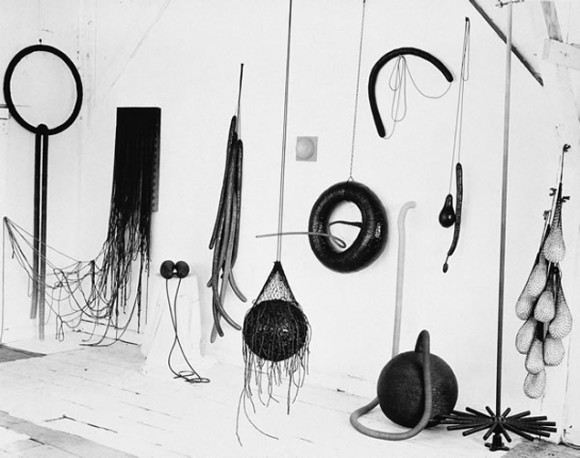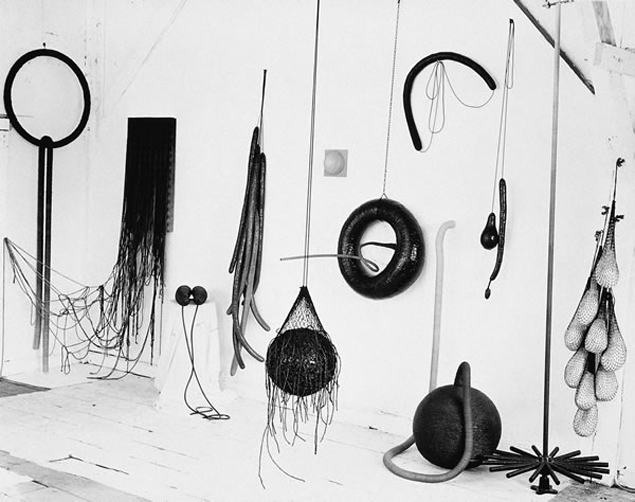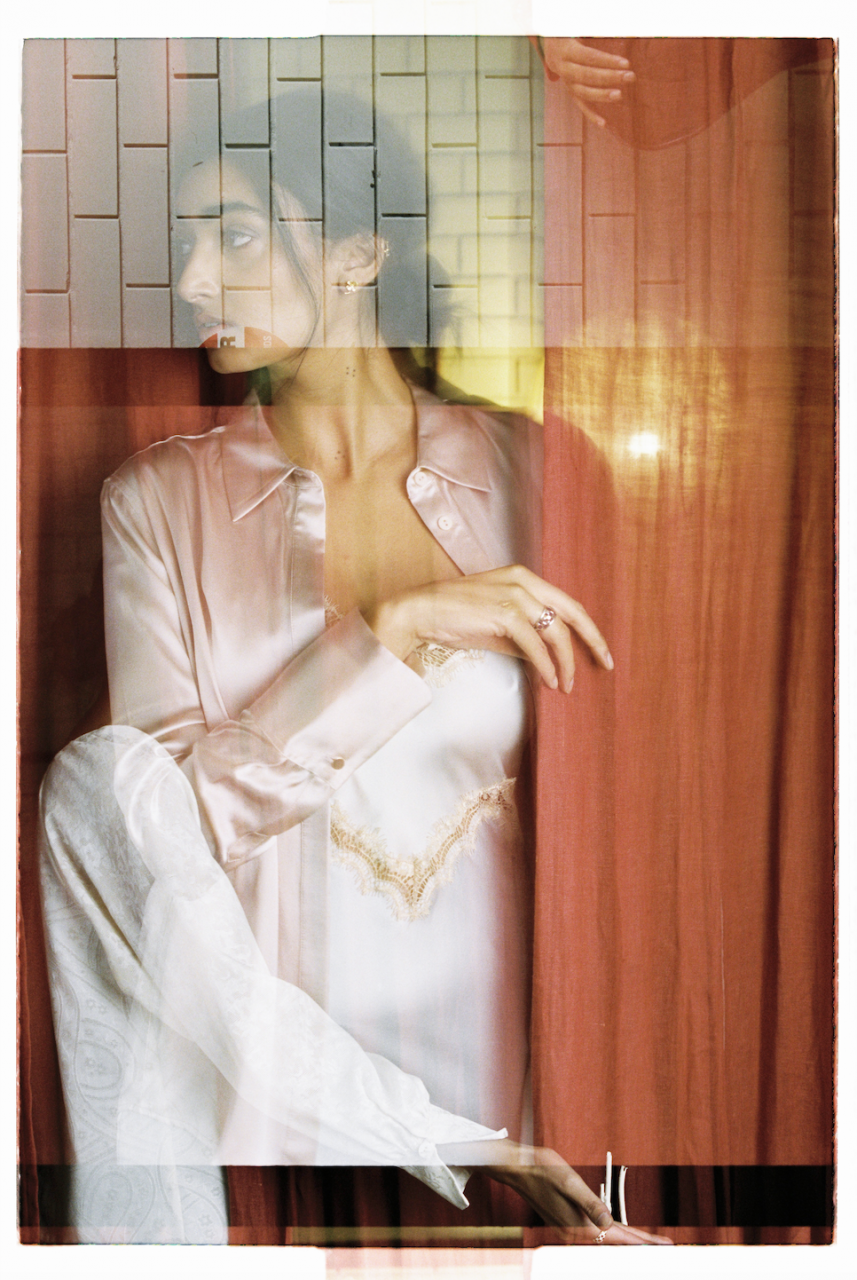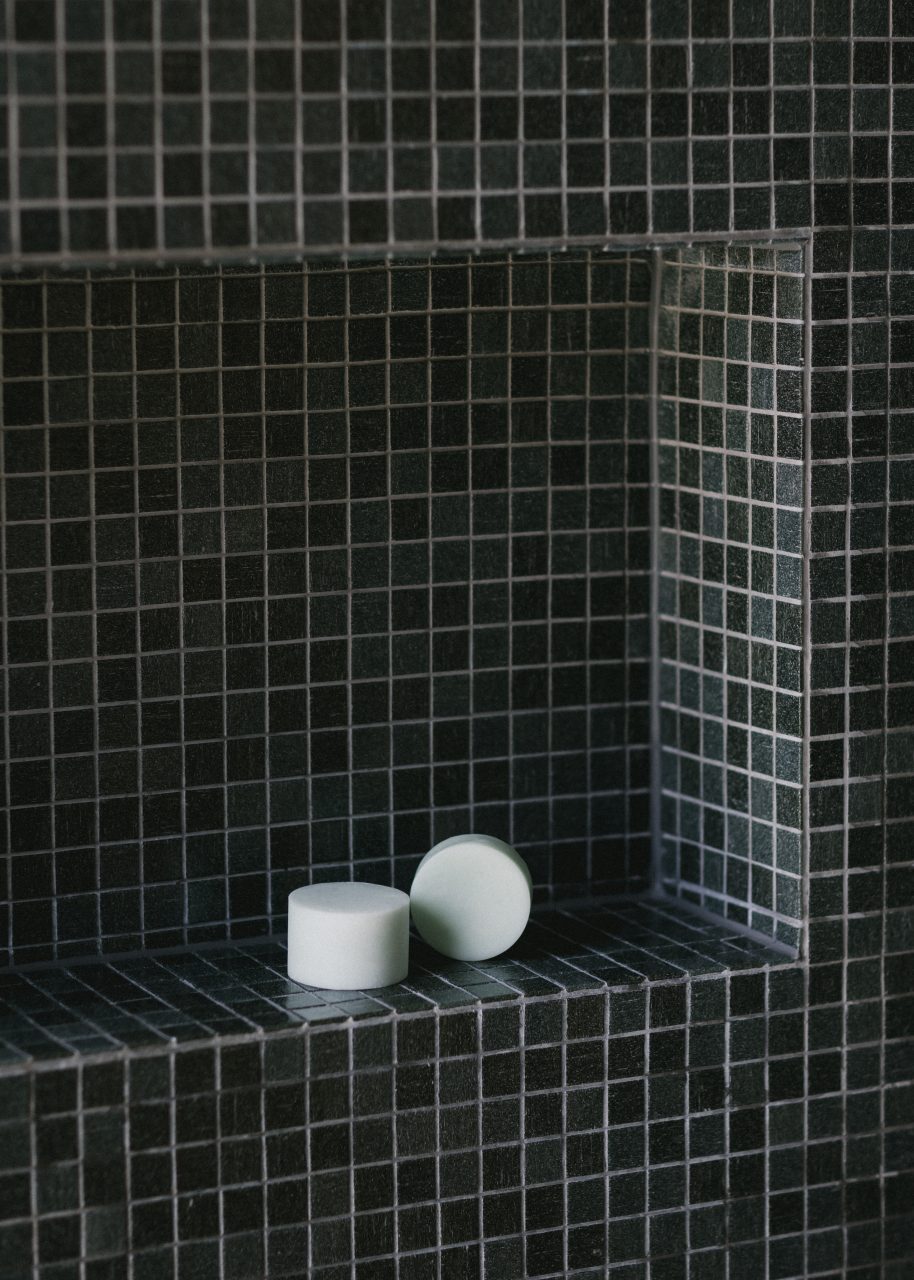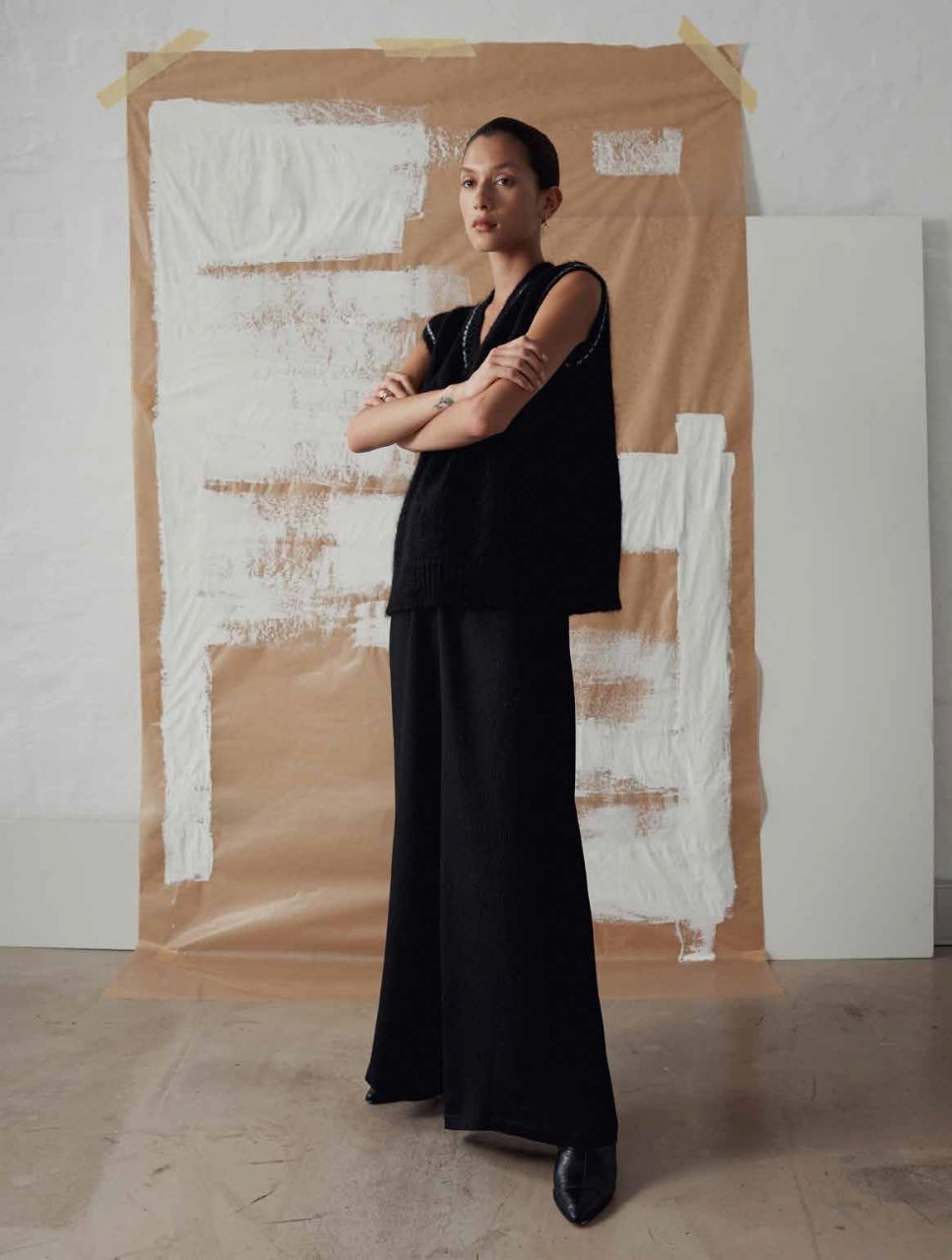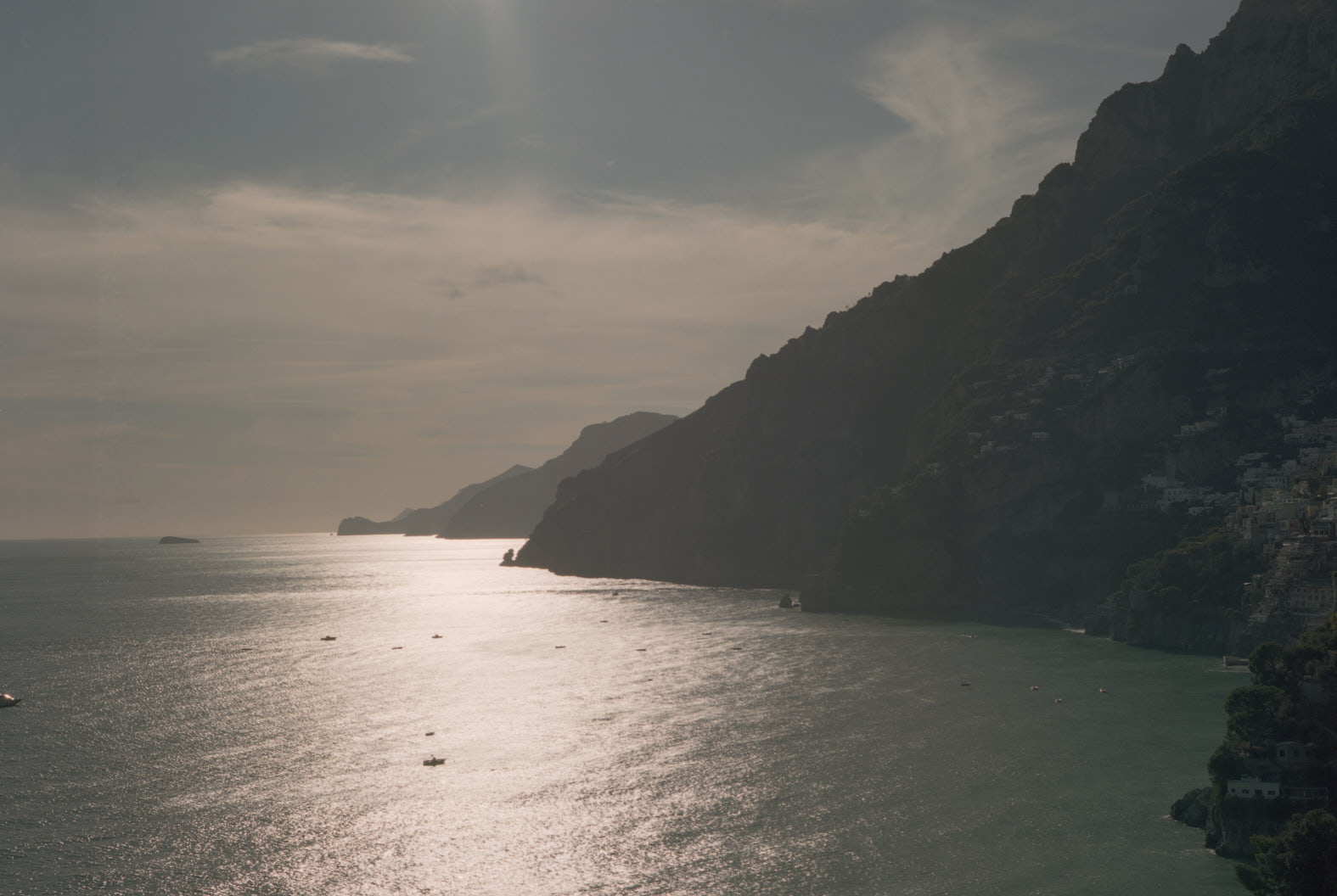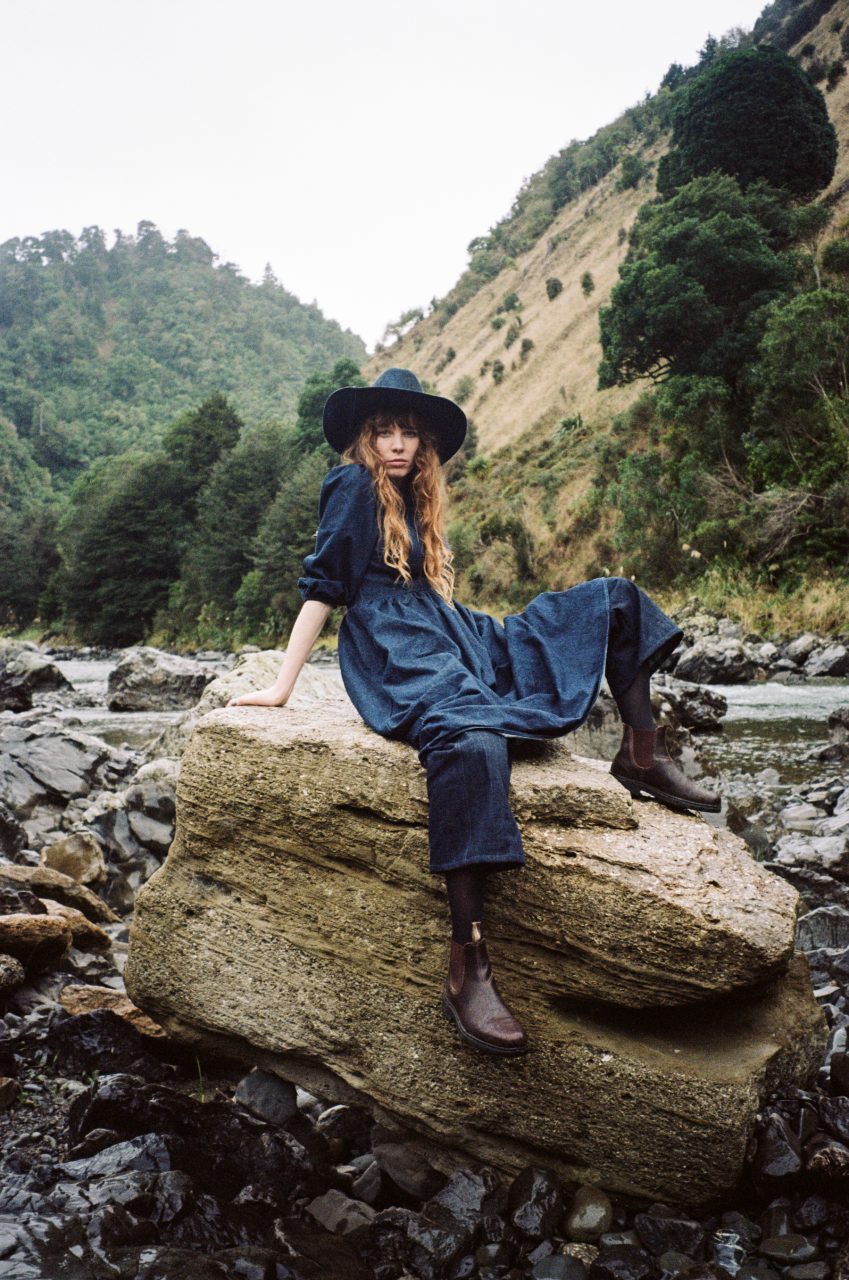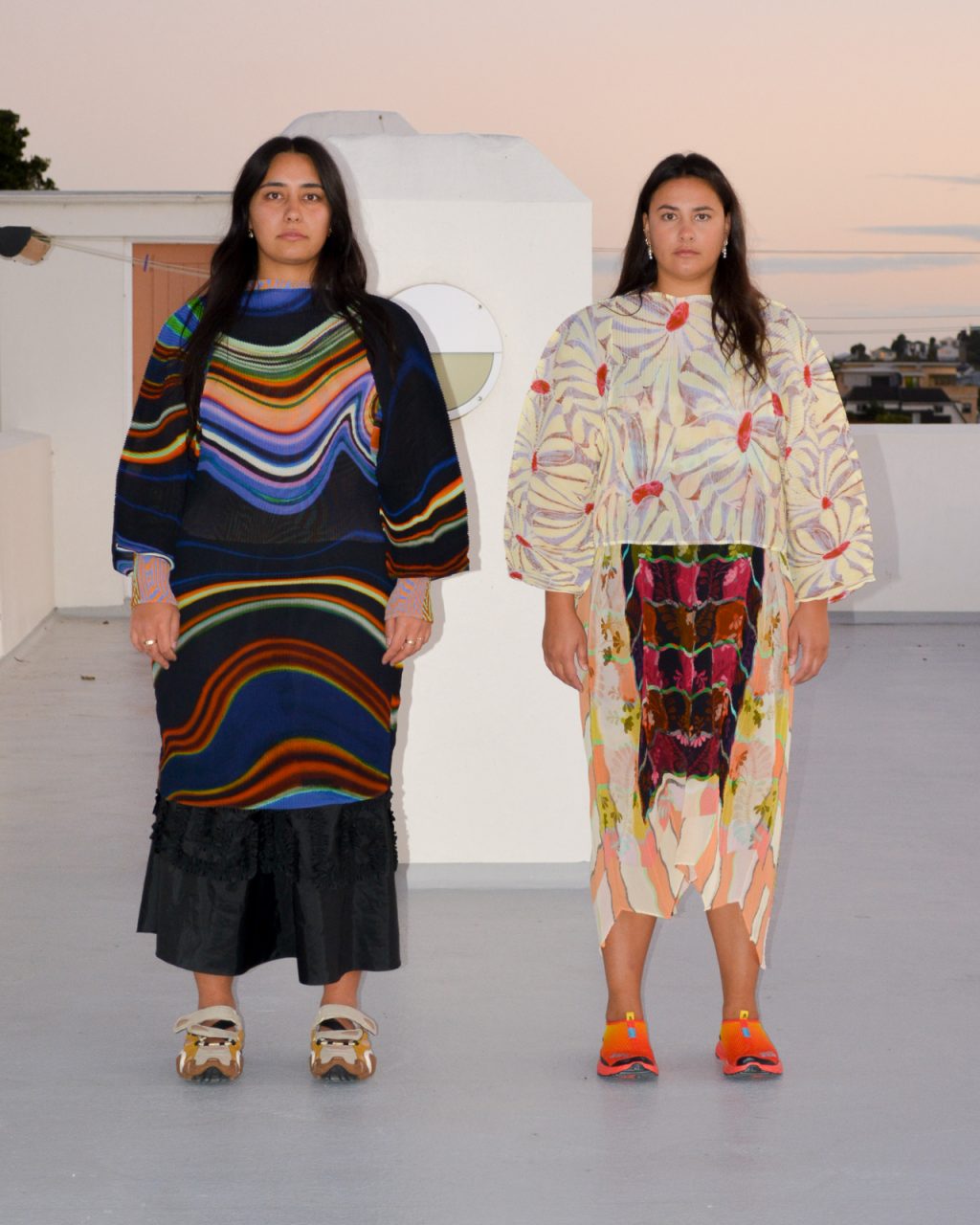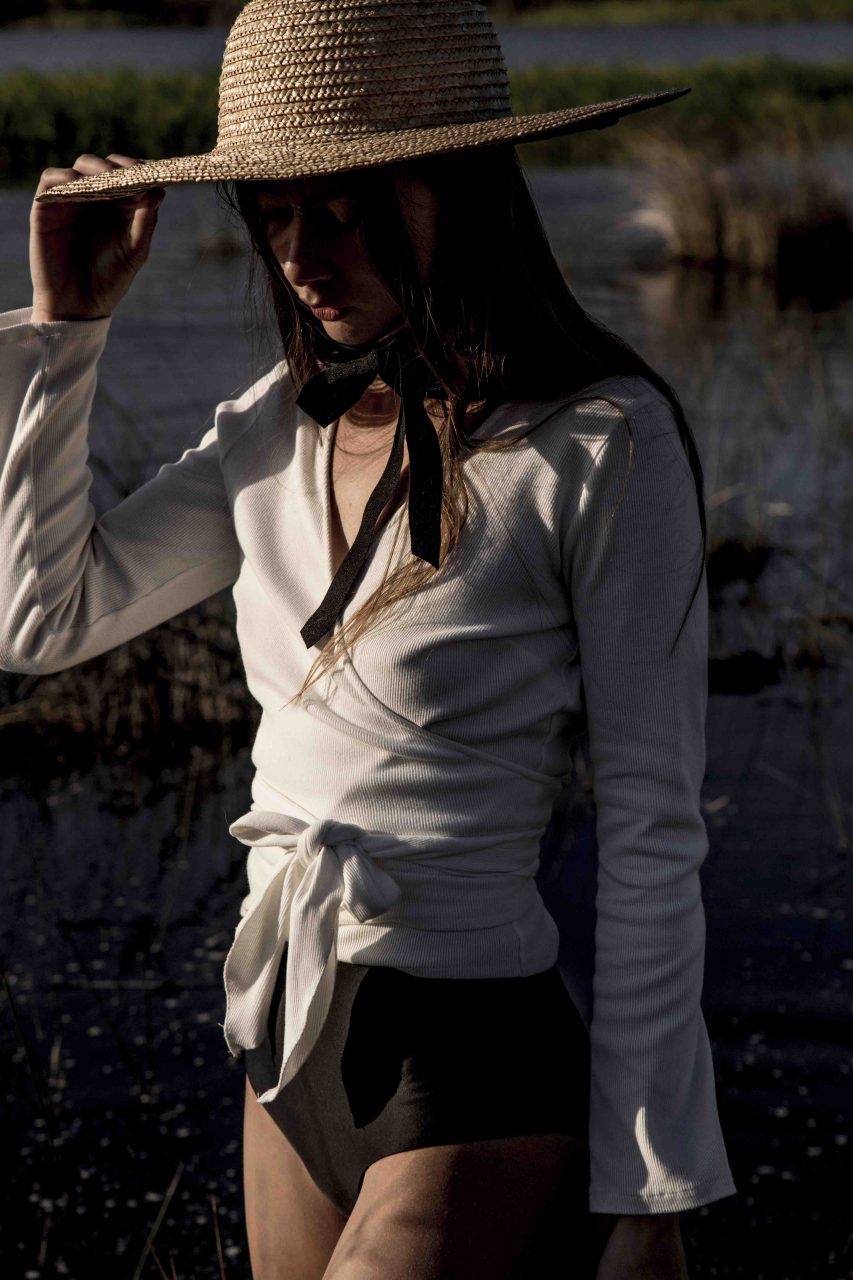Monday’s Muse: Eva Hesse
Eva Hesse made works that are beautiful, strange, and evocative. Sculptures, rich in explorative materials and the suggestion of absence through the use of minimalist space, continue to influence and inspire many emerging and established artists today.
Eva Hesse had a desire to simplify, reduce and visually pare her subject matter down to its most essential qualities. As one of the first artists of the 1960s to celebrate the organic world of nature, there are also subtle qualities in her works that suggest proto-feminist references to the female body, as well as a sense of random invention with found or everyday materials.
“In the forms I use in my work the contradictions are certainly there. I was always aware that I should take order versus chaos, stringy versus mass, huge versus small, and I would try to find the most absurd opposites or extreme opposites. I was always aware of their absurdity and also their formal contradictions and it was always more interesting than making something average, normal.”
Renown for refusing to be completely understood, Eva Hesse has said of her work that she aimed to create both ‘something’ and ‘nothing’. By using materials such as latex (a material she devoted so much time to, of which she knew to be ephemeral), she is quoted as saying that she considered its “instability an attribute.” Which raises the questions; did she intend her artworks to have a finite life span and was this the reason she used experimental materials that would decompose over the years?
Permanence to the artist meant nothing: “Life doesn’t last, art doesn’t last, it doesn’t matter”.

